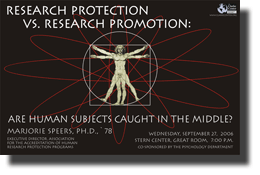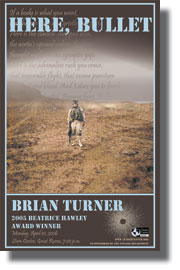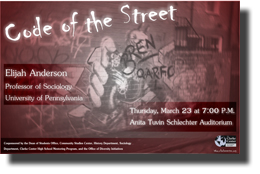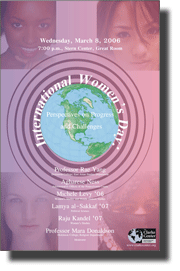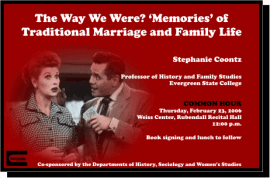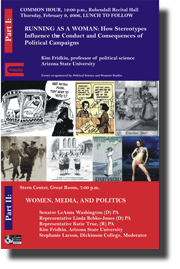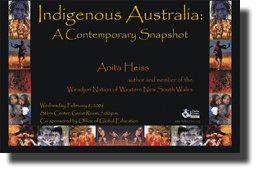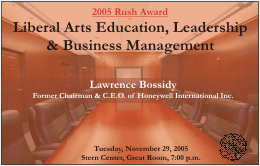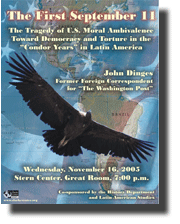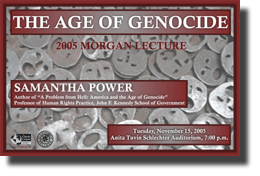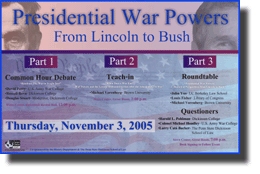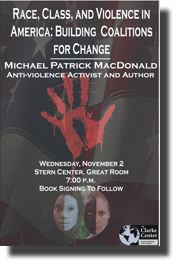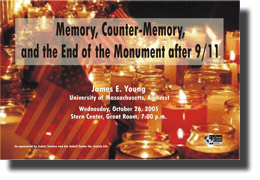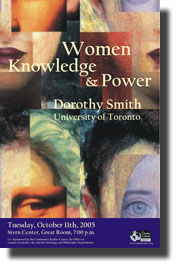Venezuela’s PetroPolitics: Democracy over a Barrel
Monday, October 30, 2006
Venezuela’s PetroPolitics: Democracy over a Barrel
Stern Center, Great Room, 7:00 P.M.
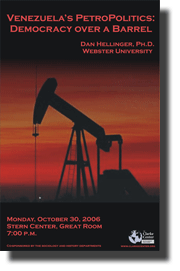
Issue in Context
Home of the fifth largest oil industry in the world, Venezuela has gained increasing economic and political clout in the midst of a global scarcity of oil. Venezuela’s oil policy has polarized the country’s domestic politics, culminating in the 2002 coup that nearly removed its populist president, Hugo Chavez, from office. In addition to triggering intense public debate on the home front, Venezuela’s oil politics and its effects on the country’s domestic and foreign relations have alarmed governments around the world. Despite criticism from the U.S. administration and oil CEOs, Chavez has utilized his country’s oil revenues to promote his idea of democratic socialism by creating a vast array of social programs that have boosted his popularity among Venezuelans. Chavez has also allocated oil revenues to fund an aggressive diplomatic agenda. In light of an upsurge in global terrorism, oil policy in Venezuela has dramatically transformed the country’s position in the sphere of global politics, as world leaders have linked Chavez’s actions to broader questions of national security. Pat Robertson’s controversial request that the U.S. administration “take out†Chavez demonstrates the Read more


